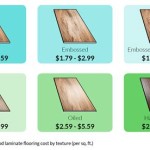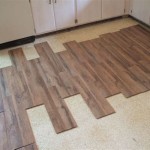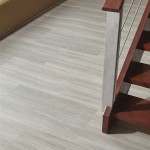Hardwood Flooring Diagonal Direction: A Comprehensive Guide
Diagonal hardwood flooring adds visual depth and interest to any room. Unlike traditional parallel or perpendicular installations, diagonal flooring creates a dynamic and dramatic effect that can transform a space.
Before diving into a diagonal hardwood flooring project, consider these essential aspects:
Planning and Preparation
Proper planning is crucial. Determine the room's dimensions and calculate the amount of flooring needed, factoring in the diagonal cut angles. Choose a hardwood species that complements the room's style and traffic patterns. Prepare the subfloor by ensuring it is level, smooth, and free of moisture. This will provide a solid foundation for the diagonal installation.
Layout and Installation
Start by laying out a chalk line diagonally across the room, marking the reference point for the flooring. Cut the planks at 45-degree angles using a miter saw or a specialized angle cutter. Install the first row along the chalk line and continue laying the planks diagonally, alternating the direction of the cuts to ensure stability.
Use a tapping block and hammer to gently fit the planks together, ensuring they are tight and secure. Leave a small expansion gap around the perimeter of the room to allow for movement due to seasonal changes.
Finishing and Maintenance
Once the flooring is installed, sand it to remove any imperfections and create a smooth surface. Apply the desired finish, whether it's a stain, oil, or polyurethane, to protect the wood and enhance its appearance. Regular cleaning and maintenance will help preserve the beauty and durability of your diagonal hardwood flooring.
Advantages of Diagonal Hardwood Flooring
Diagonal hardwood flooring offers several advantages:
- Visual impact: The diagonal pattern adds a unique and eye-catching element to a room, creating a more spacious and dynamic feel.
- Durability: Due to the alternating cut angles, diagonal flooring distributes weight evenly, enhancing its stability and durability.
- Flexibility: Diagonal flooring can be installed in any room, regardless of its size or shape, providing design versatility.
Disadvantages of Diagonal Hardwood Flooring
Consider the following disadvantages:
- Cost: Diagonal flooring requires more material and labor than traditional installations, potentially increasing the overall project cost.
- Installation complexity: Diagonal installation is more complex than parallel or perpendicular flooring, requiring careful planning and precise cutting.
- Waste: The angled cuts result in more waste than traditional installations.
Conclusion
Diagonal hardwood flooring offers a captivating and elegant solution for enhancing the visual appeal of any room. By considering the essential aspects discussed above, you can successfully navigate the planning, installation, and maintenance of this stunning flooring option, creating a timeless and durable masterpiece that will add value to your home.

Hardwood Flooring Layout Which Direction Diagonal

Hardwood Flooring Layout Which Direction Diagonal

Diagonal Multi Directional Flooring

Stunning Hardwood Floors Benefits Of The Top 3 Diagonal Patterns

Which Direction Should You Lay Hardwood Floors 50floor

The Best Direction To Lay Hardwood Flooring Elite

Diagonal Pattern For Hardwood Kimchi

Diagonal Multi Directional Flooring

Diagonal Wood Planks Floor Design House Flooring

Hardwood Flooring Layout Which Direction Diagonal
Related Posts








